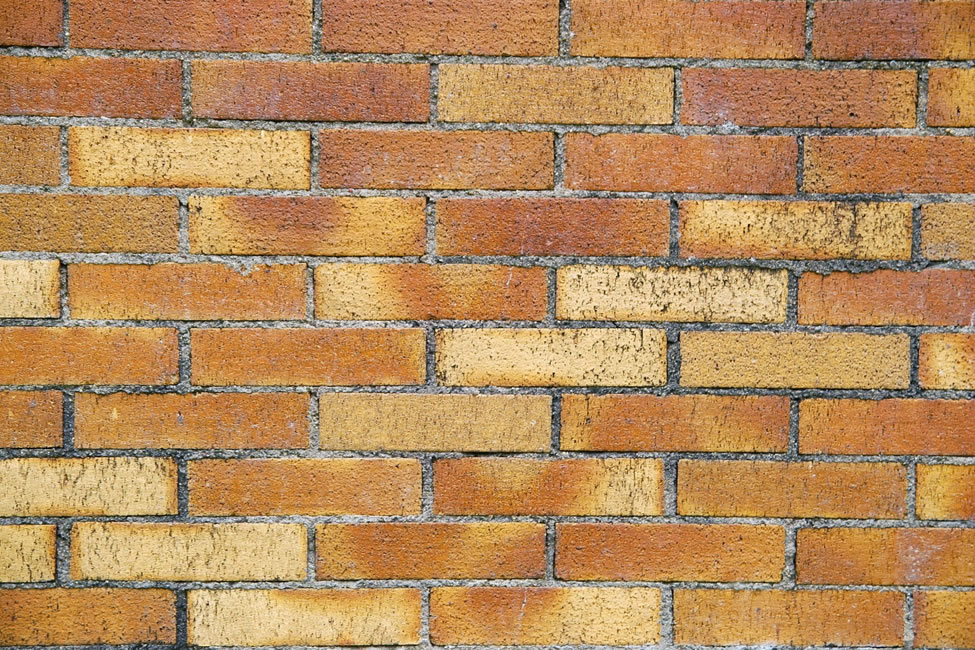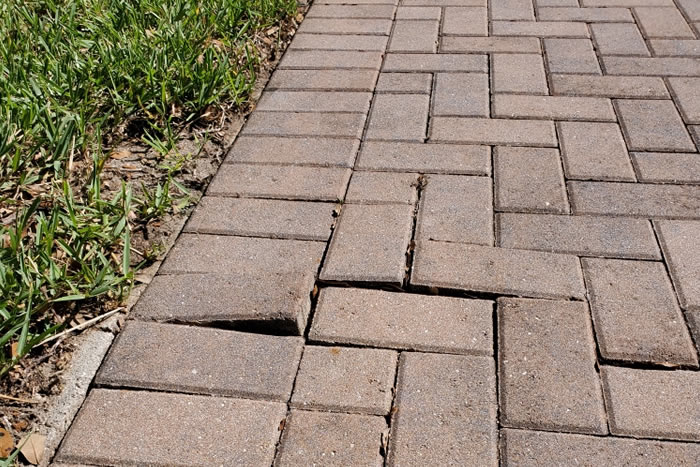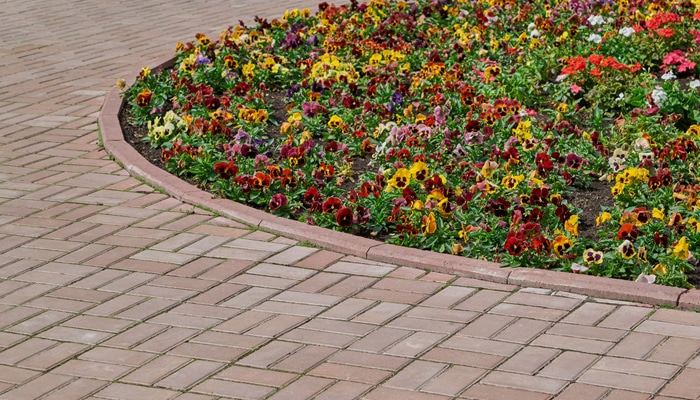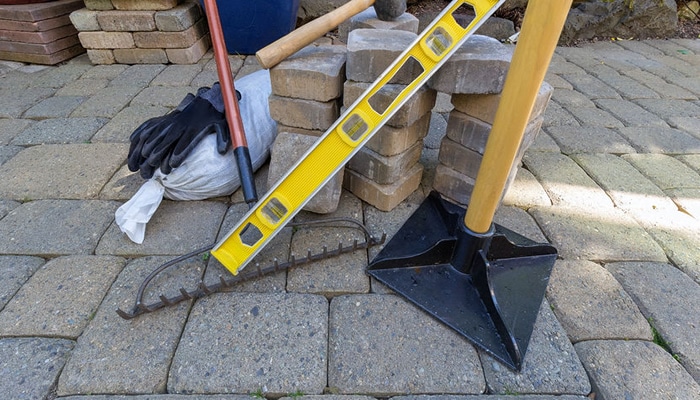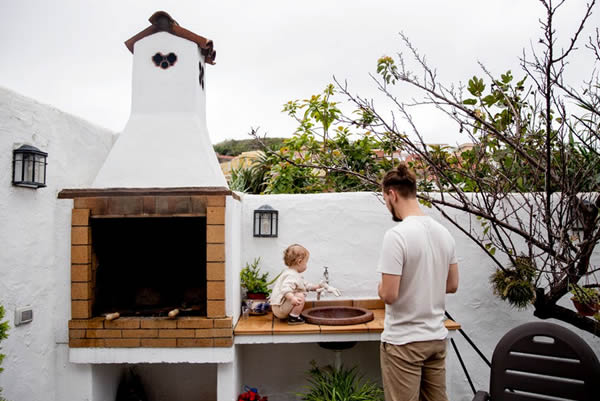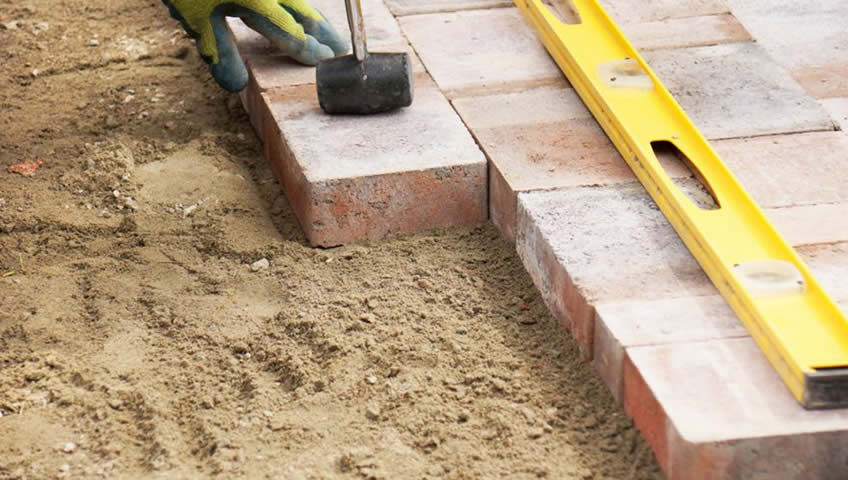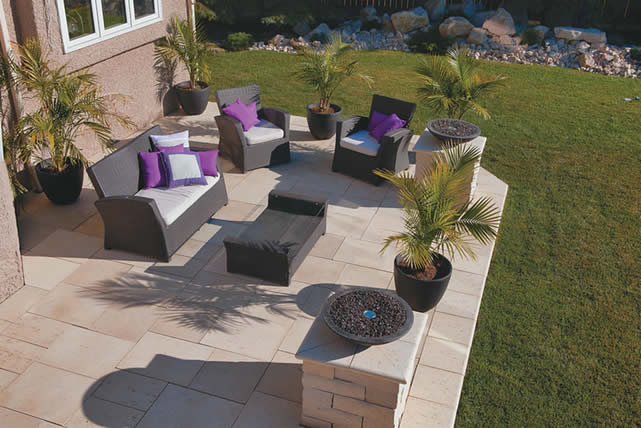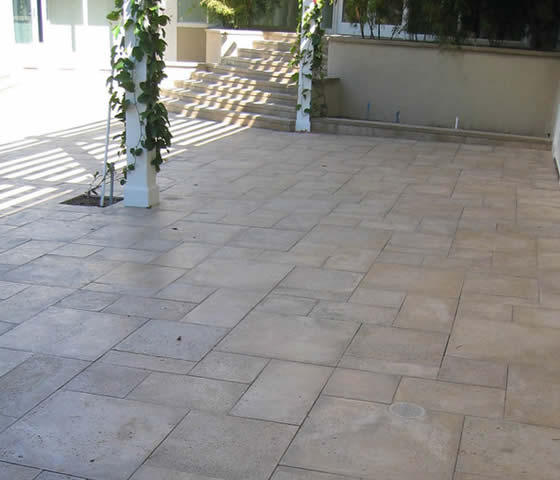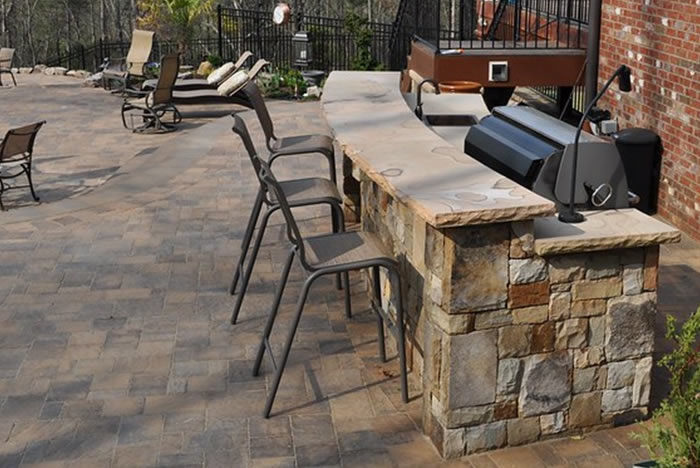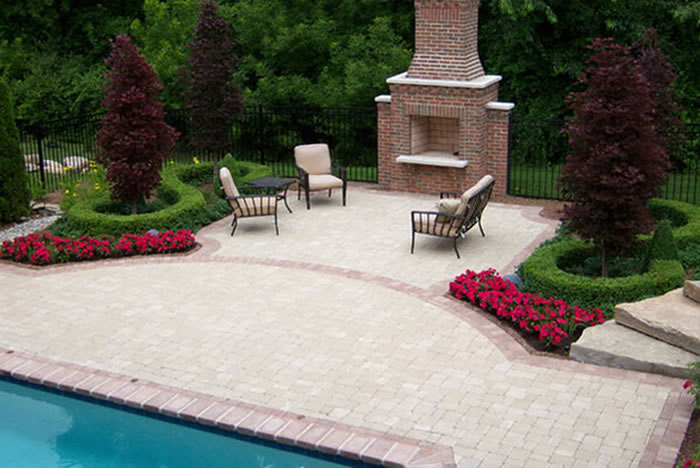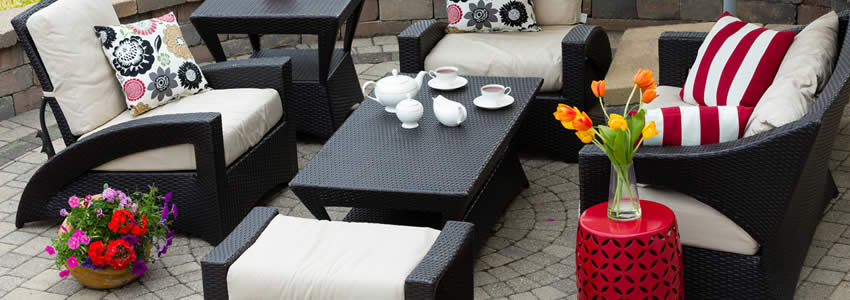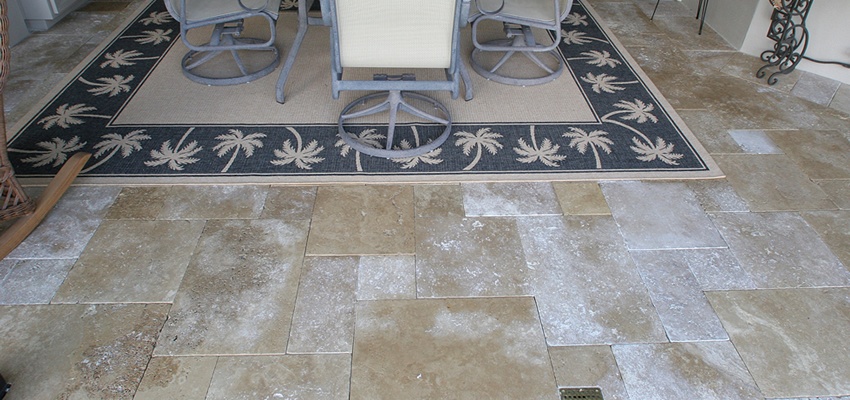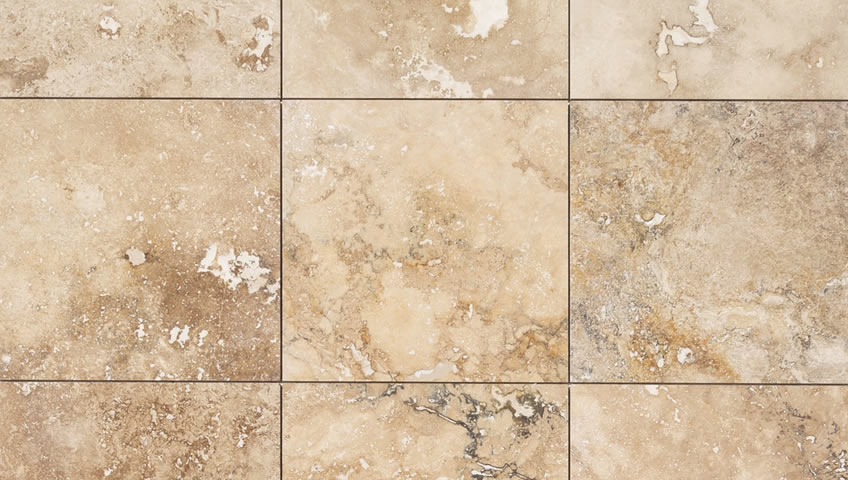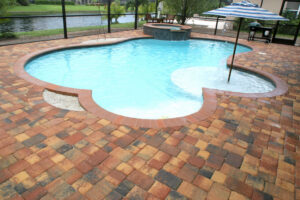
Transform Your Outdoor Space with Brick Paver Patio Ideas
Creating a beautiful and functional outdoor space is a dream for many homeowners. One of the best ways to achieve this is by installing a brick paver patio. At West Coast Pavers, we specialize in interlocking brick pavers, offering a wide range of design options to suit any style and budget. Here are some inspiring brick paver patio ideas to help you transform your backyard into a stunning retreat.
1. Classic Herringbone Pattern
The herringbone pattern is a timeless choice for brick paver patios. This design involves laying the pavers in a zigzag pattern, creating a visually appealing and durable surface. The interlocking nature of the herringbone pattern makes it highly resistant to shifting, making it ideal for high-traffic areas. Whether you prefer a traditional red brick or a more contemporary color, the herringbone pattern adds elegance and sophistication to any patio.
2. Circular Designs
For a unique and eye-catching patio, consider a circular brick paver design. This layout involves arranging the pavers in concentric circles, creating a focal point in your outdoor space. Circular designs are perfect for creating a cozy seating area or a fire pit. They can also be combined with other patterns, such as herringbone or basket weave, to add depth and interest to your patio.
3. Basket Weave Pattern
The basket weave pattern is another classic design that adds charm and character to your patio. This pattern involves laying pairs of bricks at right angles to each other, creating a woven effect. The basket weave pattern is versatile and works well with both traditional and modern styles. It’s an excellent choice for smaller patios or as an accent area within a larger patio.
4. Mixed Materials
Combining brick pavers with other materials, such as natural stone or concrete, can create a stunning and unique patio. Mixing materials allows you to play with different textures and colors, adding visual interest to your outdoor space. For example, you can use brick pavers for the main patio area and natural stone for the borders or pathways. This approach not only enhances the aesthetic appeal but also provides practical benefits, such as improved drainage and durability.
5. Raised Patios
A raised brick paver patio can add dimension and functionality to your backyard. By elevating the patio, you create a distinct outdoor living area that can be used for dining, lounging, or entertaining. Raised patios are also an excellent solution for uneven terrain, allowing you to create a level surface without extensive excavation. Adding steps, retaining walls, and planters can further enhance the look and usability of a raised patio.
6. Incorporating Greenery
Integrating greenery into your brick paver patio design can create a harmonious blend of hardscape and landscape. Consider adding planter boxes, garden beds, or even a vertical garden to your patio. The contrast between the lush greenery and the structured brick pavers creates a visually appealing and inviting outdoor space. Additionally, incorporating plants can provide shade, privacy, and a sense of tranquility.
7. Outdoor Living Spaces
Transform your brick paver patio into a complete outdoor living space by adding features such as an outdoor kitchen, fireplace, or pergola. These additions not only enhance the functionality of your patio but also create a cozy and inviting atmosphere. An outdoor kitchen allows you to cook and entertain guests without having to go indoors, while a fireplace or fire pit provides warmth and ambiance during cooler evenings. A pergola can offer shade and define the space, making it feel like an extension of your home.
8. Color and Texture Variations
Experimenting with different colors and textures of brick pavers can add a unique touch to your patio. From traditional red and brown tones to contemporary grays and blues, there are countless options to choose from. Textured pavers, such as tumbled or antiqued bricks, can add a rustic and weathered look, while smooth pavers create a sleek and modern appearance. Mixing and matching different colors and textures can create a dynamic and personalized patio design.
At West Coast Pavers, we are dedicated to helping you create the perfect outdoor space with our high-quality interlocking brick pavers. Whether you’re looking for a classic design or something more contemporary, our team of experts is here to guide you through the process. Contact us today at (239) 590-9834 or visit our website at wcpavers.com to learn more about our services and to schedule a consultation. Let us help you bring your patio dreams to life!

